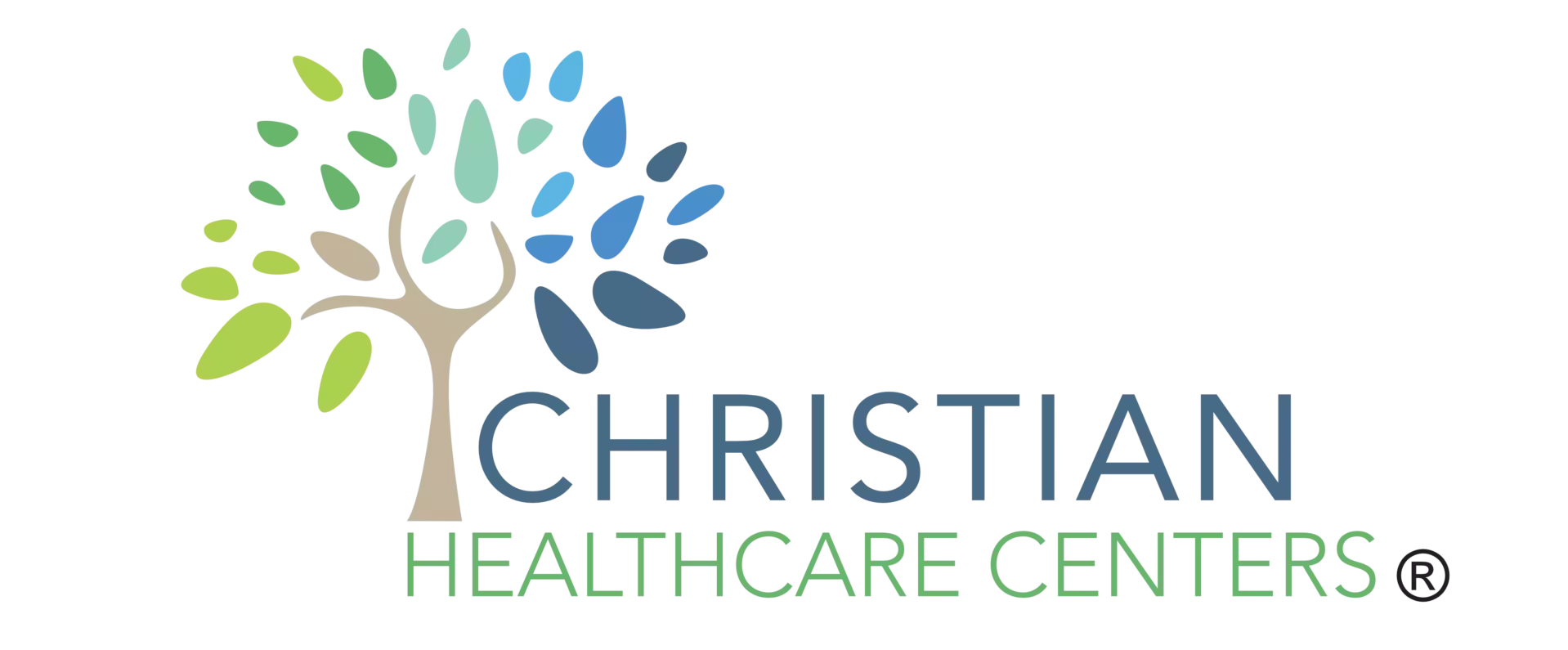In a world filled with constant technological advancements and instant access to information, it seems ironic that accessing your direct primary care doctor can sometimes feel like an arduous task. But fear not, for there are effective ways to navigate this challenge and ensure you receive the care you need when you need it.
From understanding availability and setting expectations to utilizing telemedicine and accessing after-hours support, this discussion will provide you with practical strategies to optimize your interactions with your direct primary care doctor.
So, sit back, relax, and let’s explore the various avenues that will empower you to access your doctor effectively, ensuring your health needs are met with ease and efficiency.
Understanding Direct Primary Care Doctor Availability
Are you wondering how to access your direct primary care doctor? Well, you’re in the right place! When it comes to improving accessibility and managing wait times, there are a few key things to keep in mind.
First and foremost, direct primary care doctors are known for their commitment to personalized care. This means that they prioritize building strong relationships with their patients, which in turn leads to better accessibility. Unlike traditional doctors who may have limited availability, direct primary care doctors often offer extended office hours and same-day or next-day appointments. This ensures that you can receive the care you need when you need it without having to wait for weeks.
Another way direct primary care doctors improve accessibility is through technology. Many practices now offer telehealth services, allowing you to have virtual appointments from the comfort of your own home. This saves you time and money and eliminates the need to travel to the doctor’s office, reducing wait times and making healthcare more convenient.
In addition to these accessibility measures, direct primary care doctors also focus on managing wait times effectively. By limiting the number of patients they see, these doctors can provide more individualized attention and minimize waiting room congestion. This means that you won’t have to spend hours sitting in a crowded waiting area, anxiously watching the clock tick by. Instead, you can expect shorter wait times and more efficient visits, giving you peace of mind and a greater sense of belonging to your healthcare community.
Setting Expectations for Doctor-Patient Communication
Direct primary care doctors prioritize accessibility and managing wait times to set clear expectations for effective doctor-patient communication.
Regarding communication expectations, direct primary care doctors understand the importance of building a strong relationship with their patients. They want you to feel comfortable discussing your health concerns openly and honestly, without any fear or judgment.
To ensure effective doctor-patient interaction, direct primary care doctors encourage active participation from their patients. They value your input and want to hear your thoughts and concerns. They create a safe and welcoming environment where you can openly share your symptoms, ask questions, and express any doubts or fears you may have.
In addition, direct primary care doctors set clear expectations for timely communication. They understand that your time is valuable and aim to provide prompt responses to your queries and concerns. They strive to be accessible through various means of communication, such as phone, email, or secure messaging platforms. They’ll let you know the best way to reach them and their usual response times.
Furthermore, direct primary care doctors emphasize the importance of effective communication during appointments. They allocate sufficient time for each patient visit to ensure thorough discussions and to address all your concerns. They actively listen to your symptoms, ask relevant questions, and provide clear explanations regarding your diagnosis, treatment options, and any necessary lifestyle changes.
Establishing Clear Communication Channels
To establish clear communication channels with your direct primary care doctor, it’s important to understand the available methods of contact and how to utilize them effectively. Effective communication is essential in building a strong doctor-patient relationship and ensuring that your healthcare needs are met. By empowering yourself to communicate effectively, you can actively participate in your healthcare journey.
Direct primary care doctors typically offer various communication channels to connect with their patients. These may include phone calls, emails, patient portals, and even text messages. It’s important to familiarize yourself with the specific communication methods offered by your doctor and understand their preferred mode of contact. This will allow you to reach out to them in a way that they’re most likely to respond promptly.
When utilizing these communication channels, it’s crucial to be clear and concise in your messages. Clearly state your concerns or questions, providing any relevant details. This will help your doctor understand your needs and respond appropriately. Additionally, be respectful of their time by keeping your messages concise and to the point.
Making Appointments With Ease
To effortlessly schedule appointments with your direct primary care doctor, familiarize yourself with their preferred method of contact and follow these simple steps. By understanding how your doctor prefers to be contacted, you can streamline the process and avoid any unnecessary delays. Whether it’s through a phone call, email, or an online portal, make sure you’re aware of the most efficient way to reach out to your doctor.
When managing wait times, it’s important to be proactive. If you have a non-urgent matter, try to schedule your appointment well in advance. This will give you more flexibility in choosing a convenient time slot and reduce the chances of encountering a long wait. Additionally, be prepared to provide the necessary information when making your appointment, such as your name, contact details, and reason for the visit.
To optimize appointment scheduling, it’s beneficial to have a clear understanding of your doctor’s availability. Familiarize yourself with their office hours, as well as any specific days or times when they may be more accessible. By aligning your own schedule with theirs, you can increase the likelihood of securing an appointment that suits both parties.
It’s also worth considering the option of telemedicine appointments, especially for routine check-ups or minor concerns. Telemedicine allows you to have a virtual consultation with your doctor, eliminating the need for travel and reducing wait times. This can be particularly convenient for individuals with busy schedules or those who may have difficulty accessing in-person appointments.
Utilizing Telemedicine for Convenient Consultations
Consider the convenience of telemedicine for hassle-free consultations with your direct primary care doctor. With remote healthcare becoming increasingly popular, virtual consultations offer a convenient way to access medical advice and treatment without the need for in-person visits.
Telemedicine allows you to connect with your doctor from the comfort of your own home, eliminating the need for travel and reducing wait times.
Virtual consultations provide a range of benefits that make accessing healthcare easier and more efficient. By using telemedicine, you can avoid the hassle of scheduling appointments and waiting in crowded waiting rooms. Instead, you can simply schedule a virtual appointment and connect with your doctor at a designated time. This saves you time and reduces exposure to germs and contagious illnesses.
Furthermore, telemedicine allows for increased accessibility to healthcare, especially for those who may have difficulty traveling or live in remote areas. With virtual consultations, you can receive medical advice and treatment regardless of your location. This is particularly beneficial for individuals who live in rural areas, where access to healthcare facilities may be limited.
Additionally, telemedicine can provide a sense of belonging and connection to your healthcare provider. Through virtual consultations, you can establish a rapport with your doctor, fostering a trusting and collaborative relationship. This can lead to better communication and more personalized care.
Accessing Urgent Care and After-Hours Support
When it comes to accessing urgent care and after-hours support, telemedicine continues to offer a convenient solution for immediate medical assistance without the need for in-person visits. In today’s fast-paced world, it’s important to have access to medical care when you need it the most. With telemedicine, you can connect with a healthcare professional from the comfort of your own home, saving you time and unnecessary stress.
Telemedicine provides a range of urgent care options that are available after hours. Whether you have a minor injury, need a prescription refill, or have a question about your symptoms, you can easily reach out to a healthcare provider through telemedicine. Many direct primary care practices offer after-hours availability, ensuring you can receive the care you need, even when your doctor’s office is closed.
The convenience of telemedicine extends to urgent care situations as well. Instead of spending hours in a crowded emergency room or waiting for an appointment with your primary care doctor, you can connect with a healthcare professional through a video or phone call. They can assess your symptoms, provide a diagnosis, and even prescribe medication if necessary. Telemedicine allows you to receive timely care without the hassle of long wait times or unnecessary travel.
In addition to its convenience, telemedicine offers a sense of belonging and reassurance. Knowing that you have access to medical care whenever you need, it can provide peace of mind. Whether it’s a late-night illness or a sudden injury, telemedicine ensures that you have a reliable resource to turn to for immediate support.
Navigating Doctor Availability During Vacation or Holidays
If you’re planning a vacation or have a holiday coming up, it’s important to know how to navigate the availability of your direct primary care doctor during that time. Your doctor’s availability may vary depending on the specific circumstances, so it’s crucial to plan ahead and ensure you have access to medical care when you need it.
Here are some tips to help you navigate doctor availability during your vacation or holidays:
Contact your doctor in advance: Reach out to your direct primary care doctor as soon as you know your vacation or holiday dates. They can provide you with information on their availability and any alternative arrangements they may have in place.
Ask about remote consultations: Inquire if your doctor offers remote consultations during their time off. This way, you can have a virtual appointment with your doctor if you need medical advice or have any concerns while you’re away.
Find out about backup coverage: Check if your direct primary care doctor has designated another healthcare professional to provide coverage during their absence. This ensures that you have access to medical care even if your doctor isn’t available.
Remember that your direct primary care doctor is there to support you, even during your vacation or holidays. By planning ahead and understanding the doctor’s availability, you can ensure that you have a reliable source of medical guidance and care, no matter where you are.
Enjoy your time off while having peace of mind, knowing that your health needs are taken care of.
Building a Strong Patient-Doctor Relationship
Developing a strong patient-doctor relationship is essential for effective communication and personalized care. By fostering trust and improving patient satisfaction, you can ensure that your healthcare needs are met and that you feel valued as an individual. Building a solid rapport with your primary care doctor requires effort from both parties. Here are some tips to help you strengthen your patient-doctor relationship:
| 1. Be Open and Honest | 2. Actively Participate | 3. Communicate Your Needs |
|---|---|---|
| Share your medical history, symptoms, and concerns openly with your doctor. Honesty is crucial for accurate diagnosis and treatment. | Be an active participant in your healthcare. Ask questions, seek clarification, and engage in discussions about your treatment options. | Clearly communicate your expectations and needs. Let your doctor know what you value in a healthcare provider and what you hope to achieve from your visits. |
Review
By effectively accessing your direct primary care doctor, you can ensure prompt and convenient healthcare. Remember the old saying, ‘A stitch in time saves nine.’
Addressing health concerns promptly and maintaining open communication with your doctor can prevent small issues from becoming bigger problems. Building a strong patient-doctor relationship is key to receiving quality care and peace of mind.
Don’t hesitate to reach out and take control of your healthcare journey.


